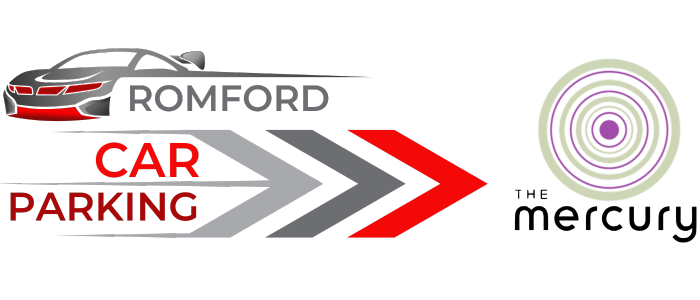Parking in a restricted zone can quickly lead to fines, clamping, or even having your car towed. Many drivers park without knowing they’ve broken the rules due to unclear signs or temporary restrictions. Knowing local parking laws and looking for key indicators can help you avoid costly mistakes. Let’s begin by understanding exactly these zones and why they exist.
What Are Restricted Parking Zones?
Restricted parking zones are areas where parking is limited or not allowed during certain times. Councils create these zones to keep traffic moving, protect pedestrians, and give priority to certain users, such as residents or emergency services. You’ll find different types, such as permit-only zones, school safety zones, and loading bays. Bus and cycle lanes often have time-based restrictions, too. Knowing the types of zones makes it easier to avoid trouble when parking elsewhere.
Where Can You Find Restricted Parking Zones?
Restricted zones are common in busy or high-demand places. These include city centres, public transport hubs, and areas near government buildings. Residential streets often need permits, and supermarkets usually have time-limited rules. Parking near stations or airports often involves stricter enforcement. You must spot these zones as you drive or park to stay safe.
How to Recognise Restricted Parking Signage?
Parking signs give key information about where and when you can park. Double red or yellow lines usually mean no stopping at any time, while single lines often have set hours. Signs may also show if you need a permit or how long you can park using a pay-and-display machine. Temporary signs may appear for events or roadworks, so always stay alert. Understanding these signs makes it easier to plan your parking ahead of time.
How Can You Check Parking Restrictions in Advance?
Checking ahead can save you from unexpected fines. Use apps like JustPark or RingGo to find legal parking spots with clear rules. Local council websites often have maps showing restricted zones and permit areas. Traffic regulation orders (TROs) can give official details about parking laws in your location. Always ask a local business or authority before leaving your car when unsure.
What Are the Consequences of Parking in a Restricted Zone?
Parking in the wrong place can lead to a penalty charge notice (PCN), or worse, your car could be clamped or towed. Repeat offences may lead to points on your licence or higher insurance costs. Councils may also take legal action for unpaid fines. These penalties can build up quickly if you’re not careful. To protect yourself, it helps to know what your rights are if you do receive a fine.
Can You Challenge a Parking Fine in a Restricted Zone?
You can challenge a fine if you believe it was issued unfairly. Start by gathering evidence, like photos of missing signs or unclear road markings. Check the local rules to see if the restriction was correctly enforced. Then, follow the appeal instructions provided with your fine notice. Knowing how to appeal can save money and encourage councils to improve signage.
Stay Aware to Avoid Parking Fines
Staying alert to restricted zones can save you time, stress, and unexpected costs. Always read parking signs, look at the road markings, and check local rules before leaving your car. Digital tools can help you plan and avoid problem areas. A few extra minutes of care can prevent hours of hassle. With the right knowledge, you can park with confidence every time.


Leave a Reply